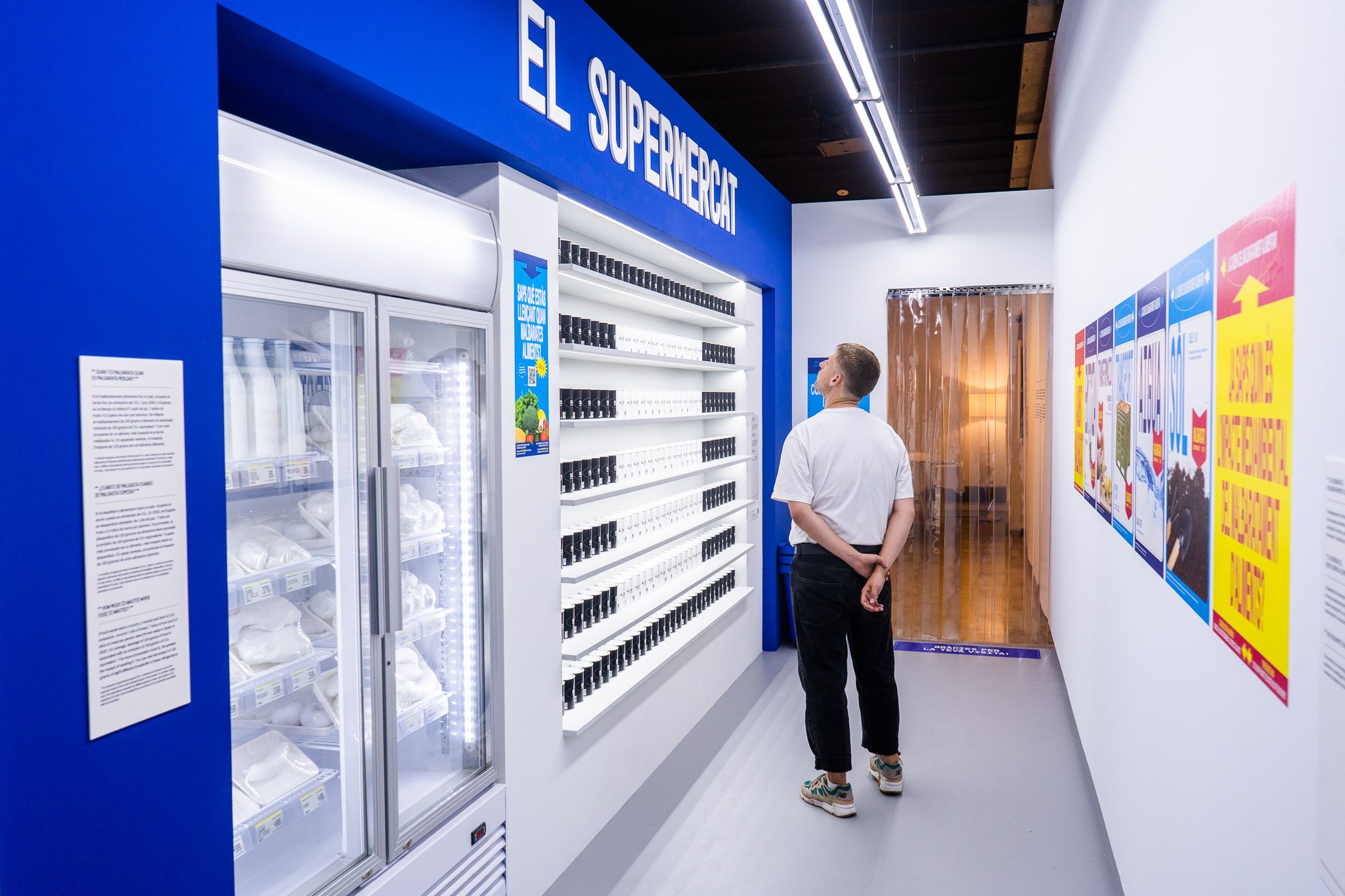To mark 35 years of the Banc d’Aliments we produced an exhibition at the Palau Robert, looking into the significance of everything that we don’t eat. Globally we currently throw away one third of the food that we prepare, but it's difficult to imagine what the impact of that huge figure might look like beyond our little kitchen at home. Through data interactions this exhibition generated an understanding of how our lazy domestic food habits, and our relationship with food in general is set to be transformed in the near future.
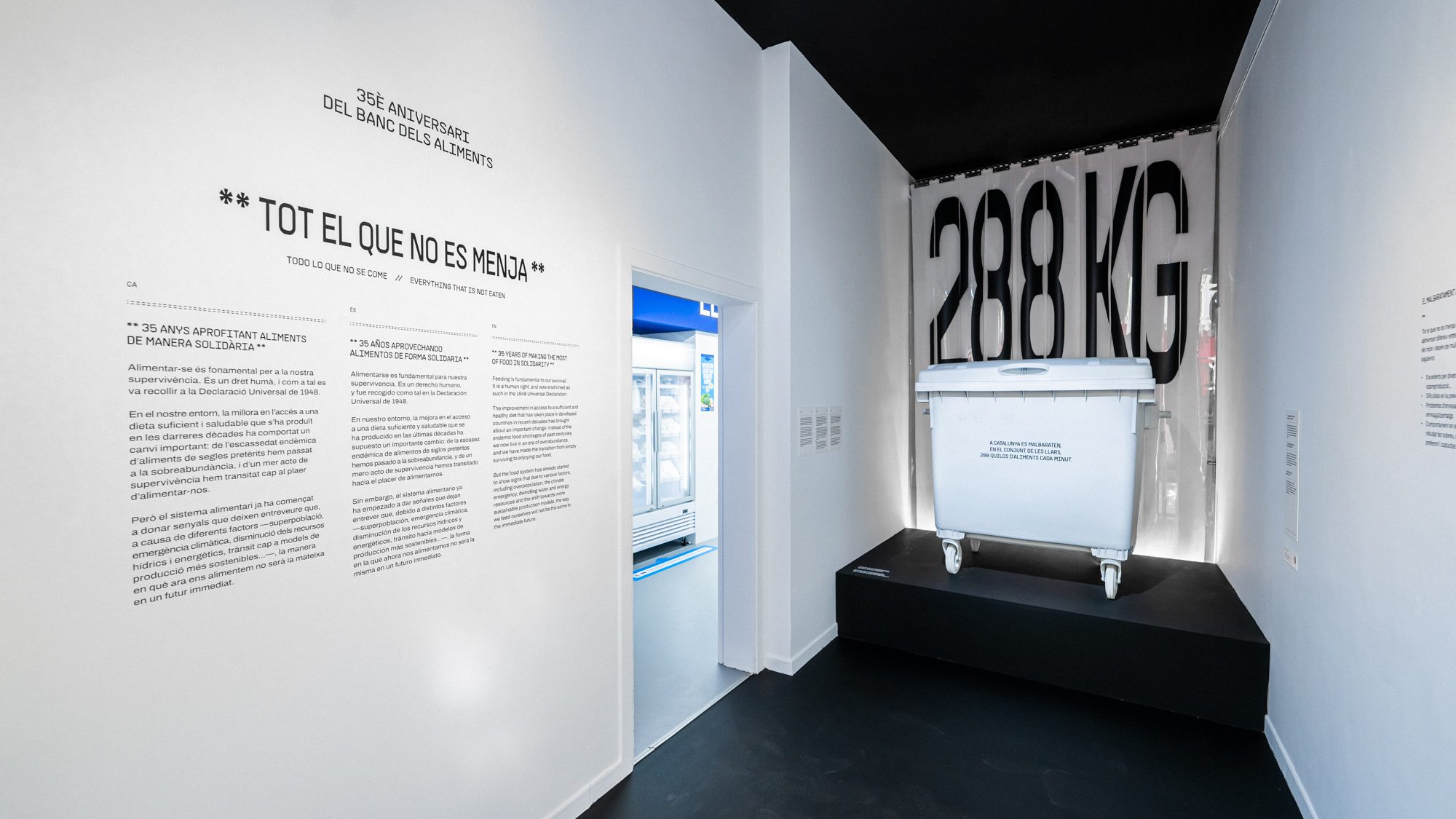
The exhibition was divided into four zones, with each focussing on a different aspect of our relationship with what we eat. The first piece identified the scale of waste, represented in the form of a 228 kilo rubbish container - the quantity of food that's thrown away each minute in Catalonia.
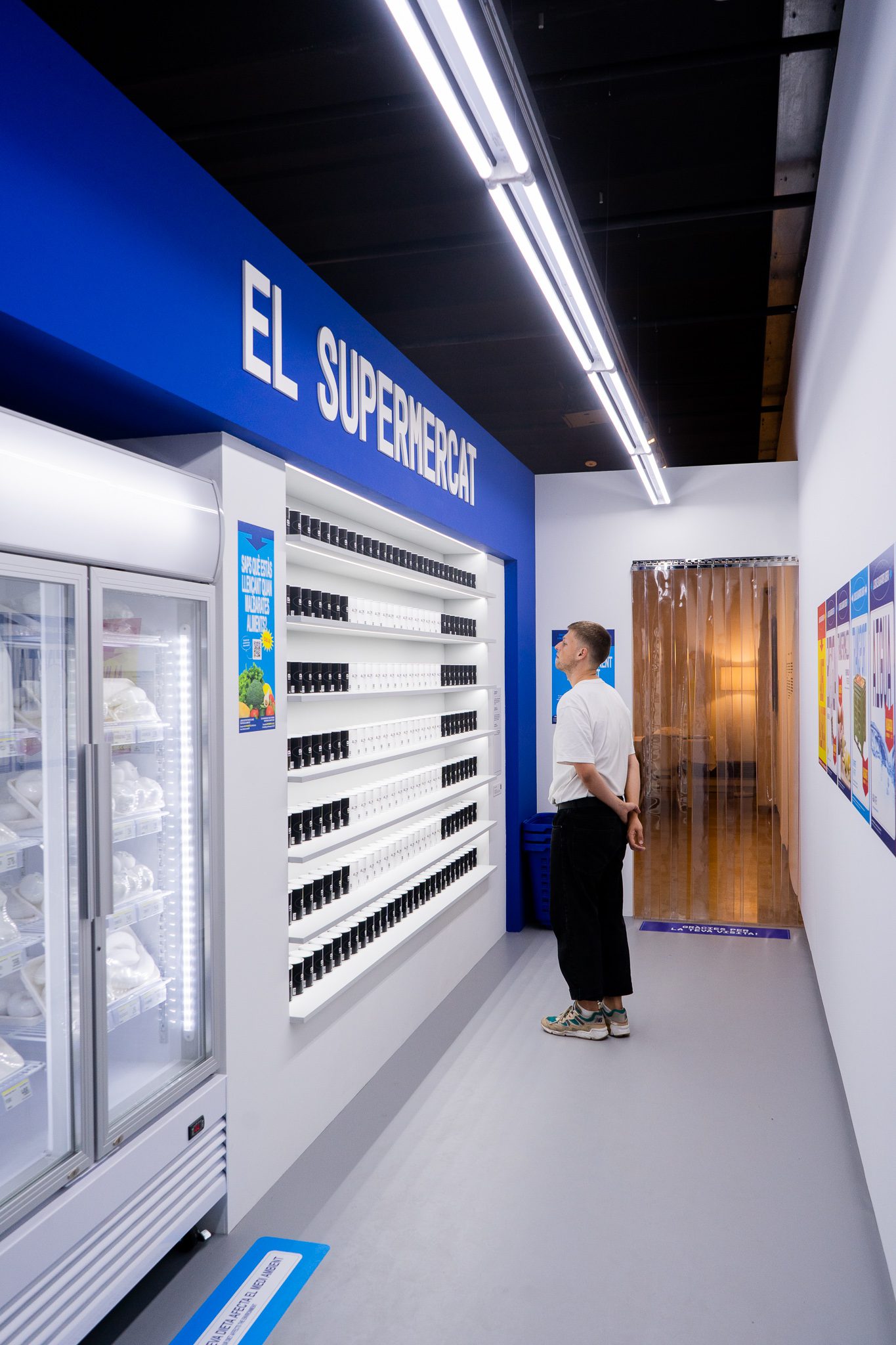
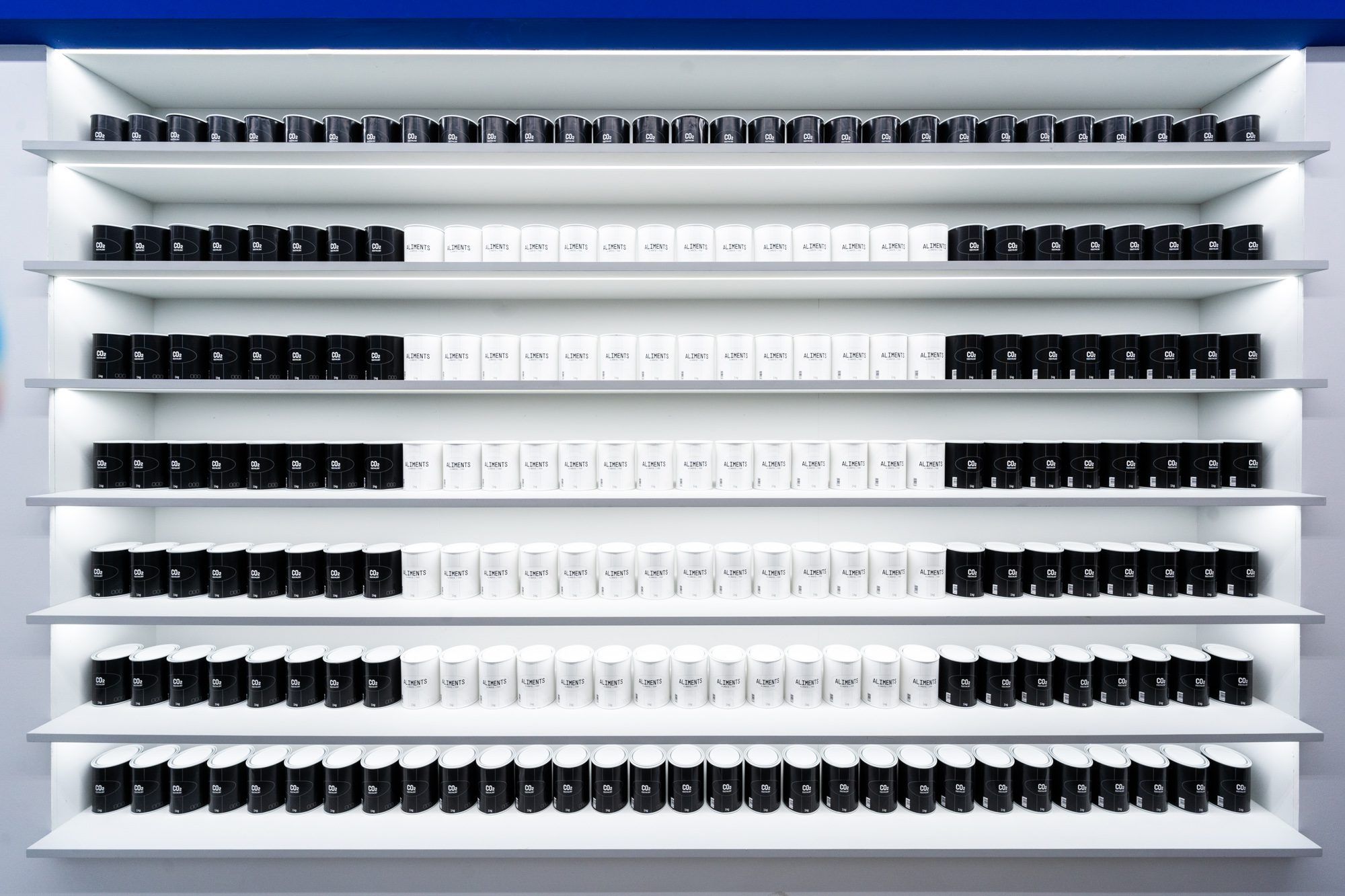
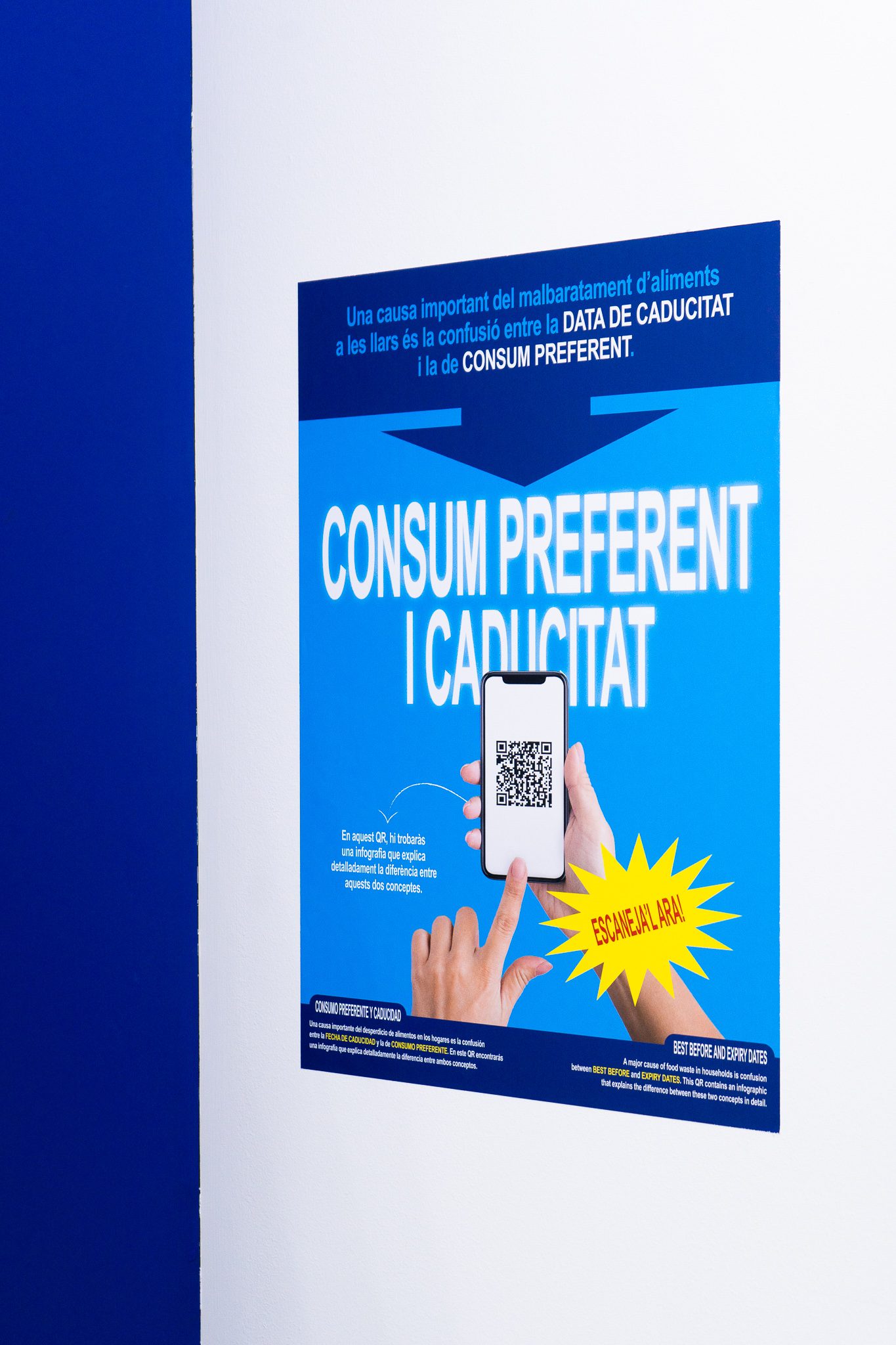
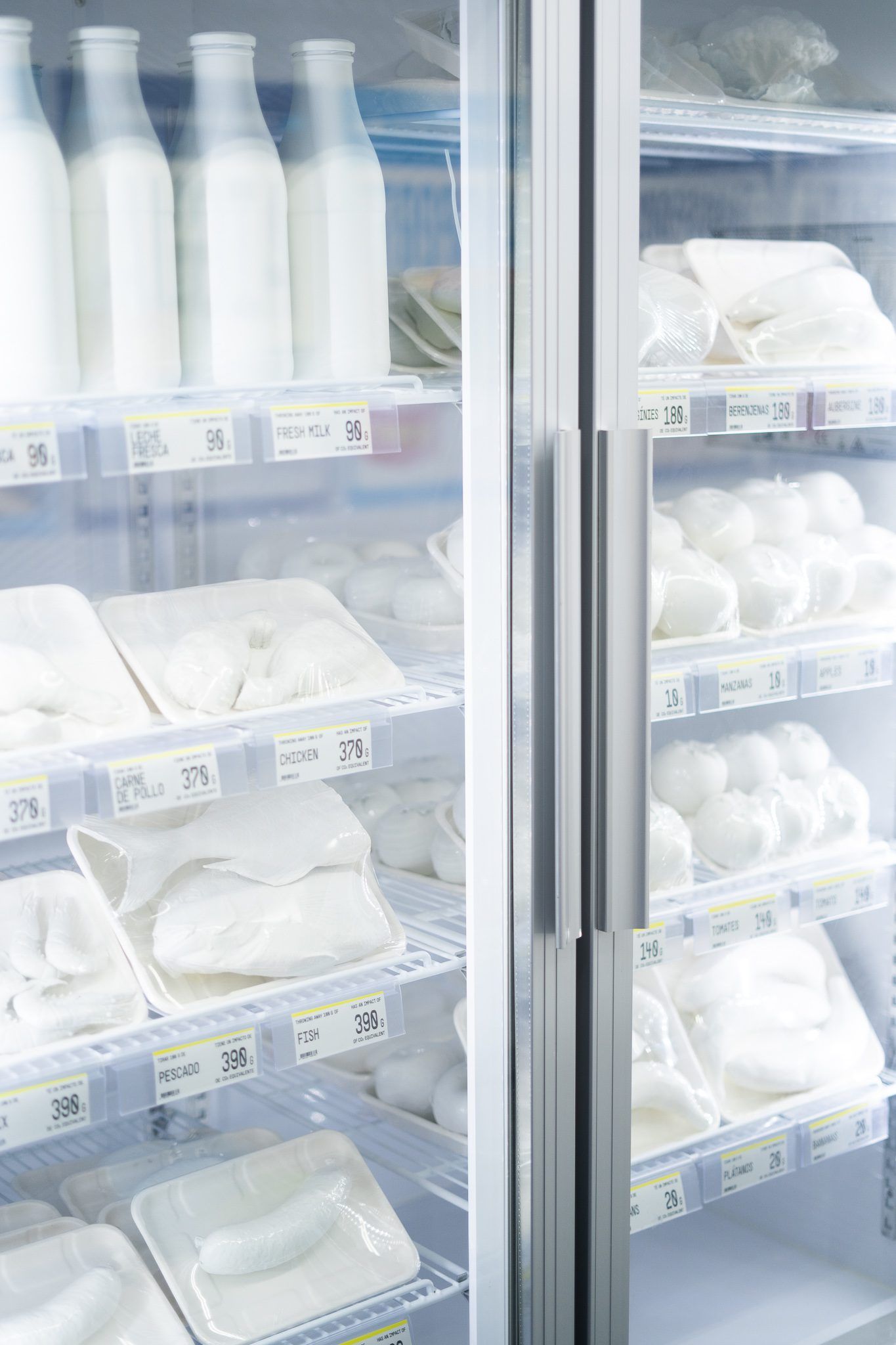

The second area communicated the environmental impact of all this waste, understanding that when we throw food away, we are also throwing away all the resources that were needed to produce it, process it, distribute it onto the shelves of markets, shops and supermarkets, and finally, to destroy it: water, energy, fossil fuels, labour, etc.
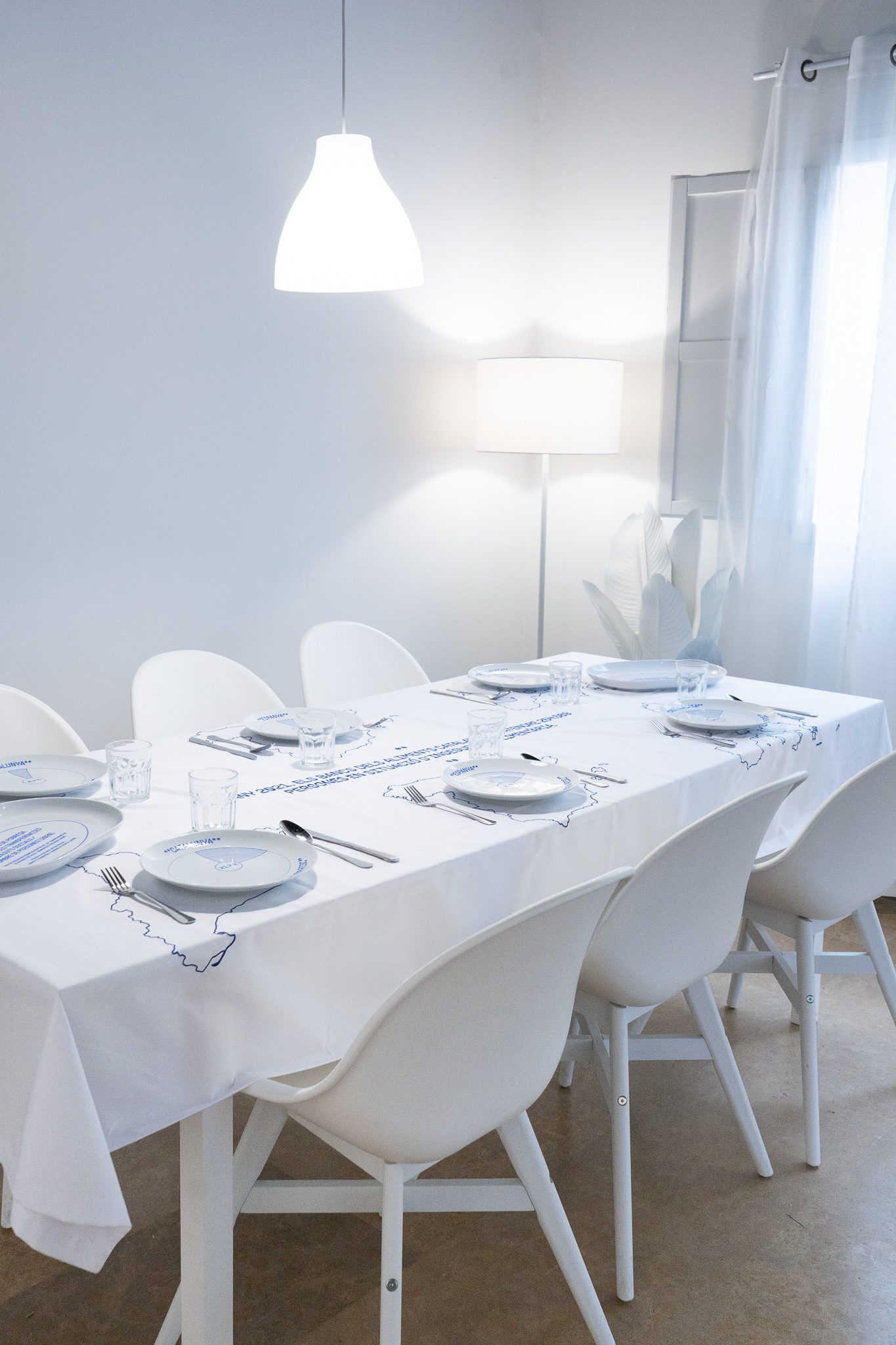
Our third section took us into the domestic space directly, as visitors entered a reconstruction of a family kitchen, and were given a look at how many people's right to adequate nutrition is being violated by socio-economic limitations. This is where we understand the essential role food banks have played in balancing this food insecurity that ultimately leads to ill health and a reduced ability to lead a normal life.
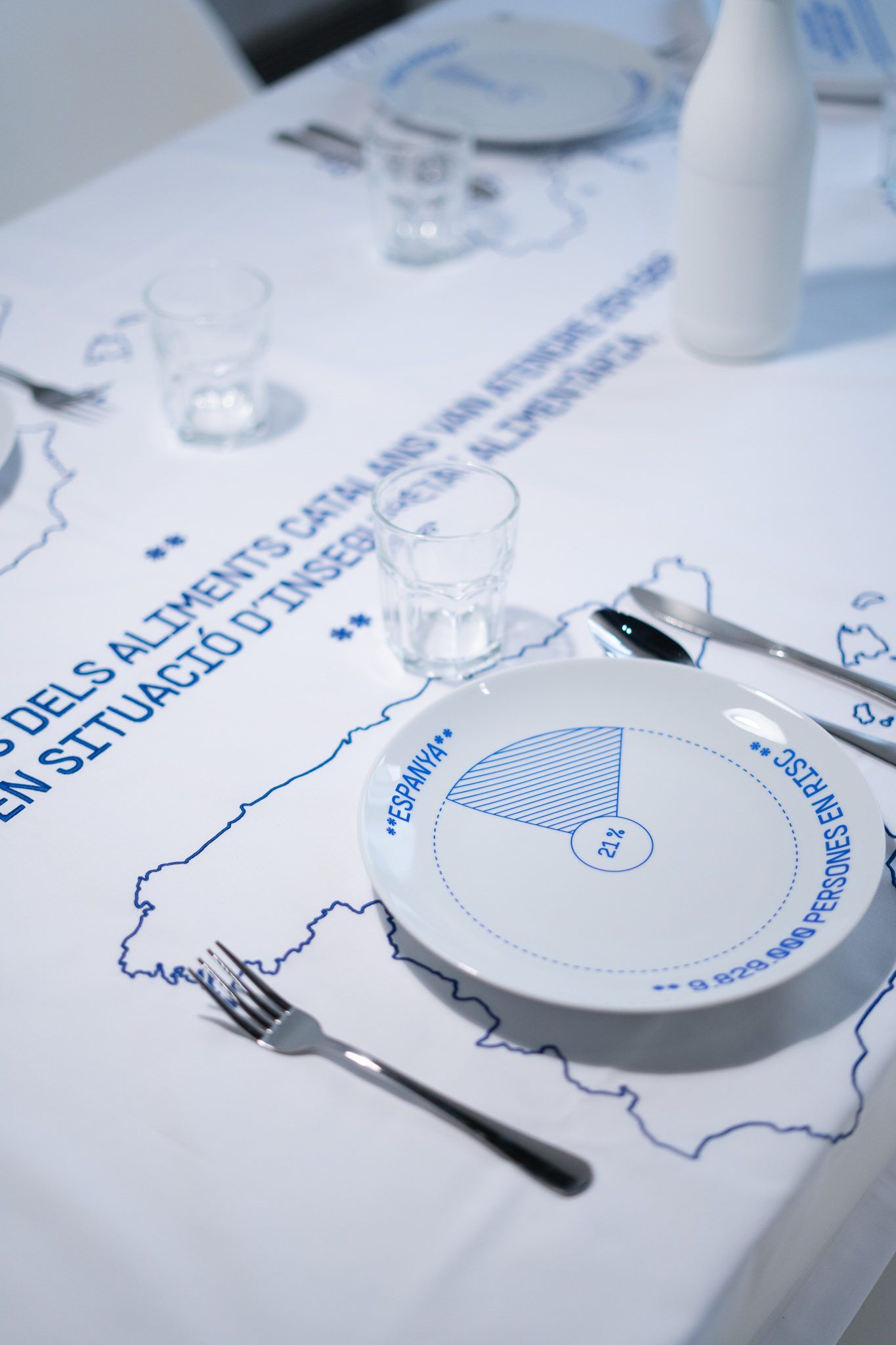


The final area focussed on solutions, proposing different actions that visitors could incorporate into their own lives in order to be part of the change to all that we don't eat. We were inspired to see just how keen people are to make changes, and how the drive to reevaluate the way we feed ourselves is taking ever greater priority in the mind of the public.
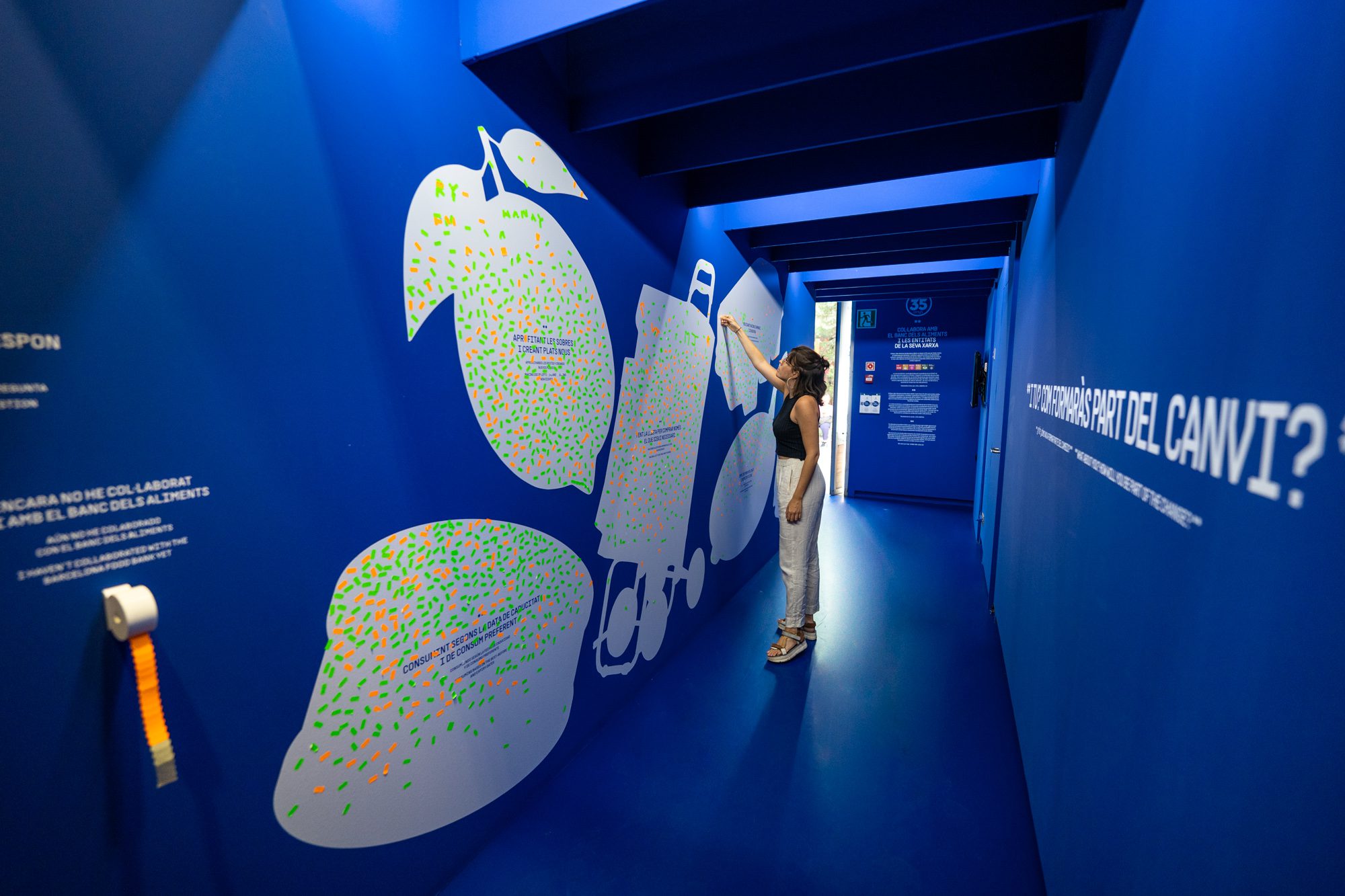

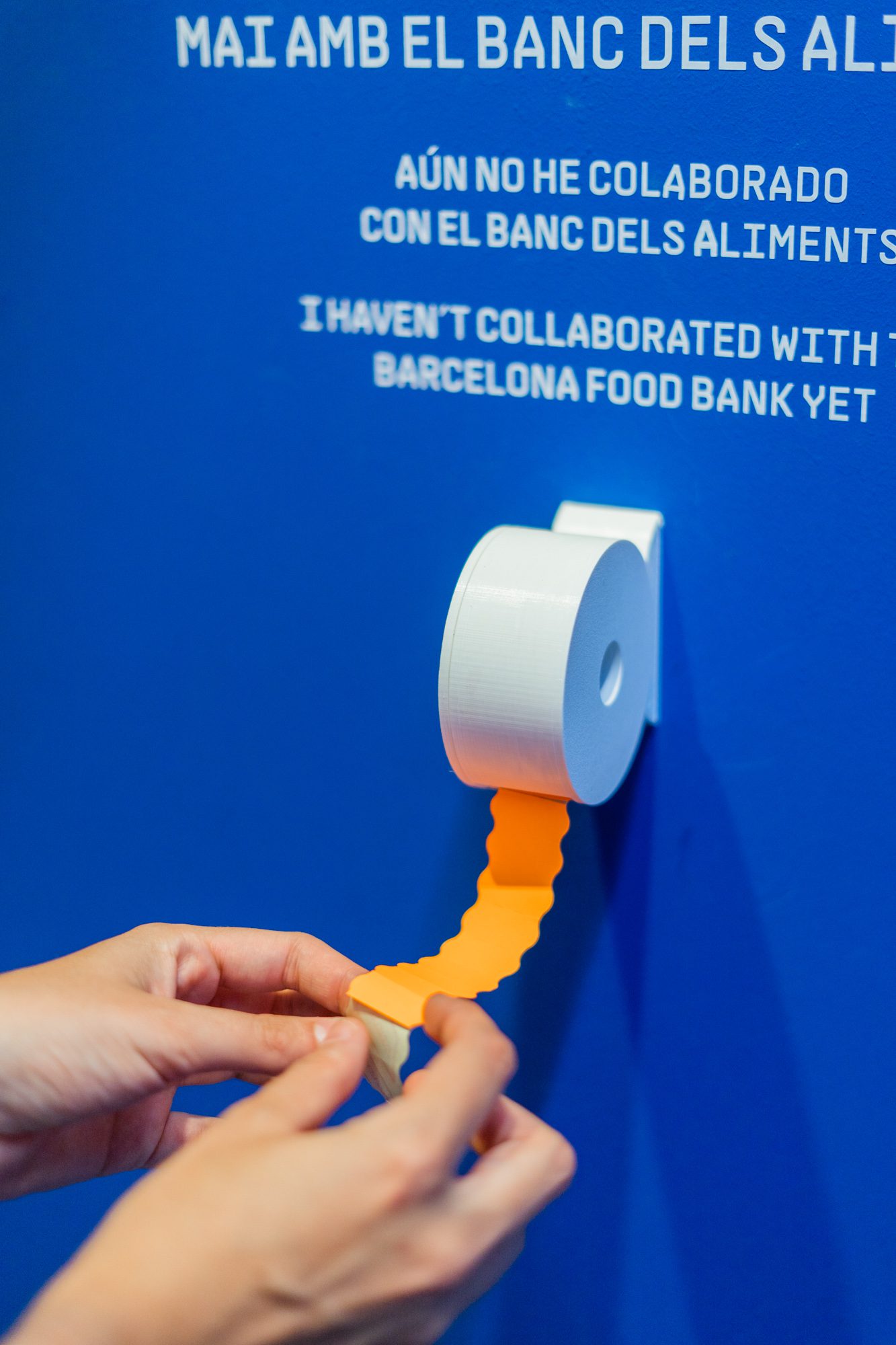
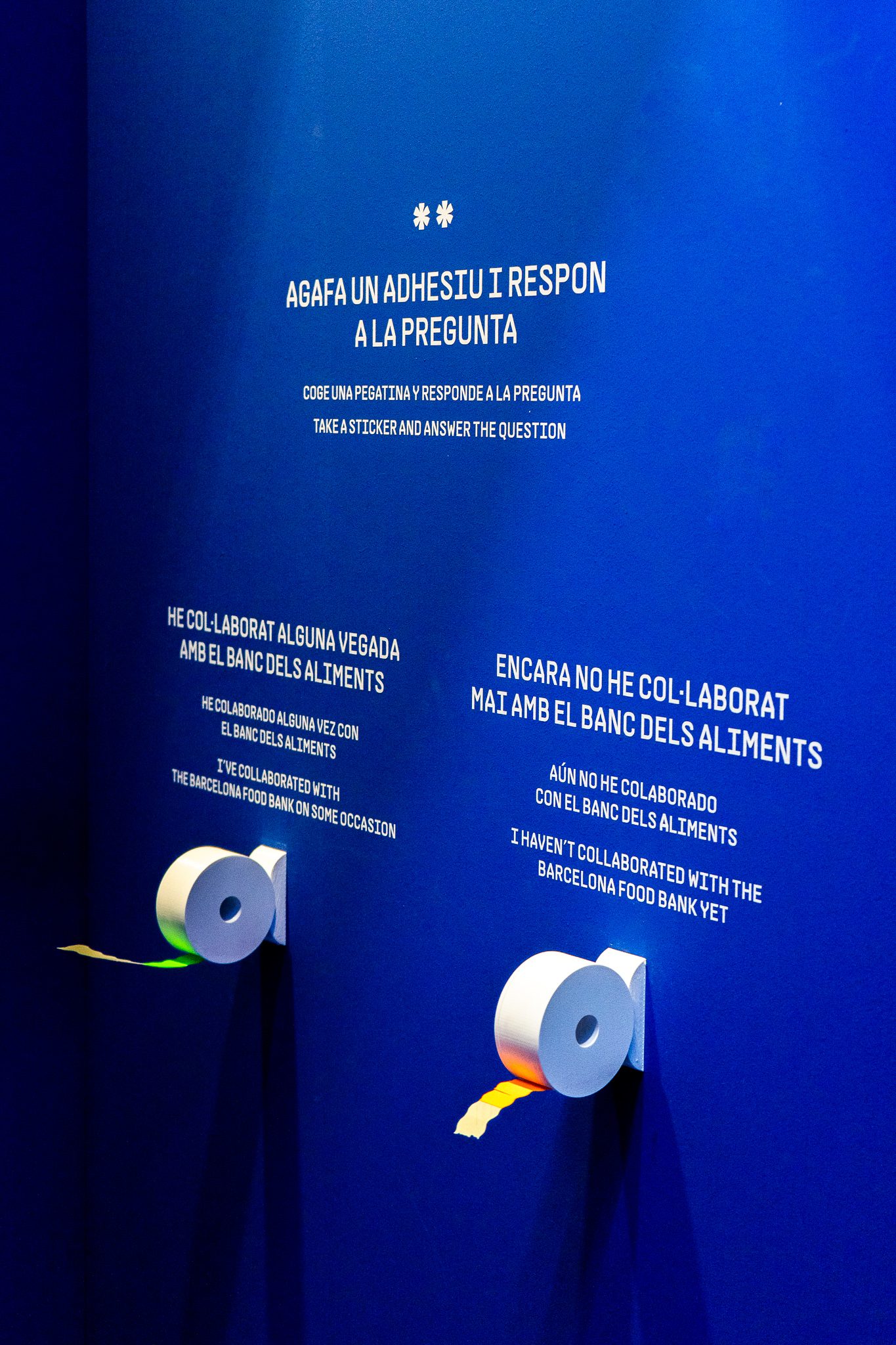
Everything that is not Eaten
Do you normally clear your plate?
Number of answers:
